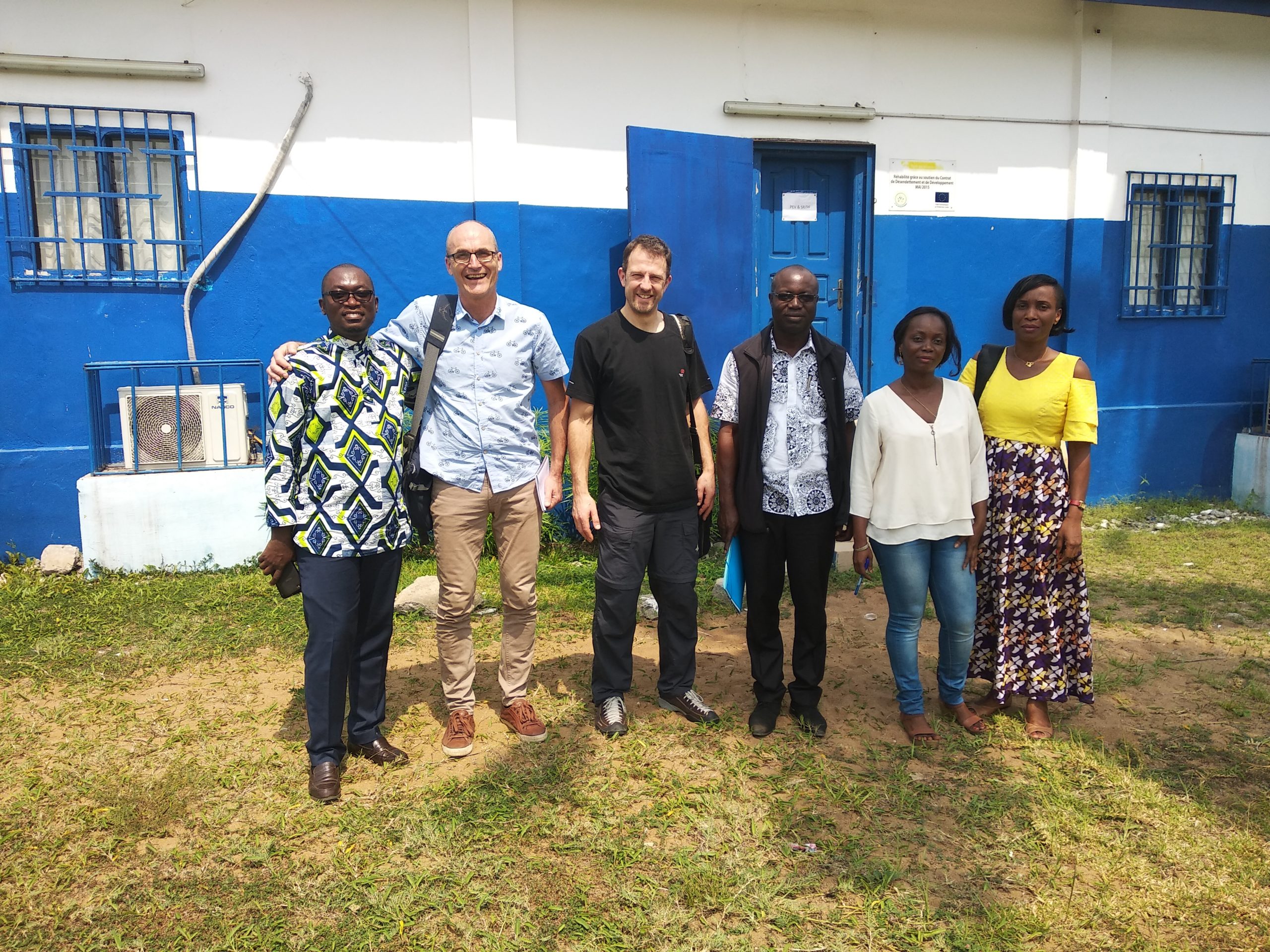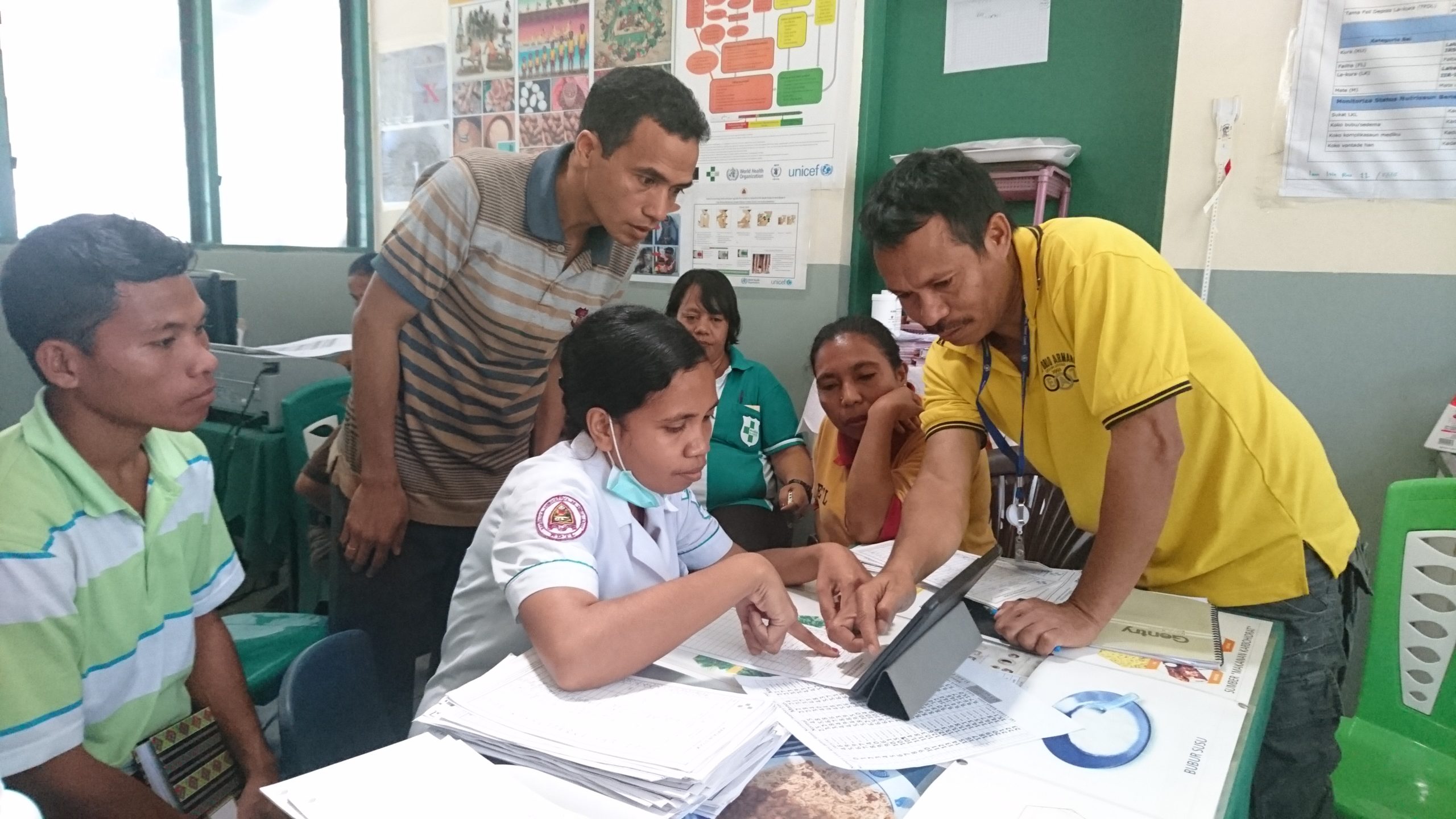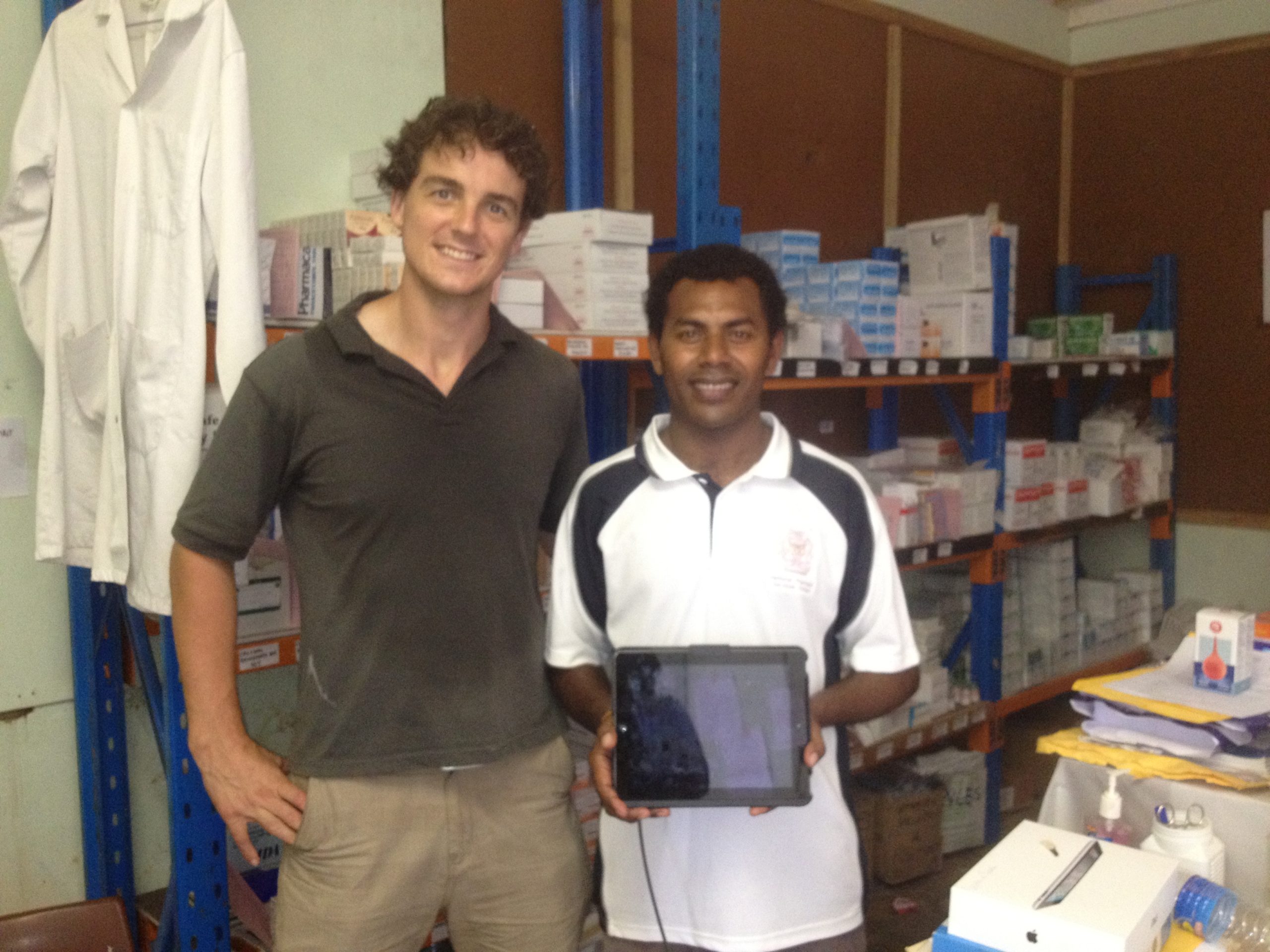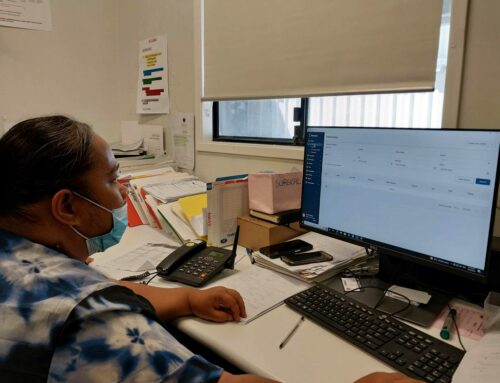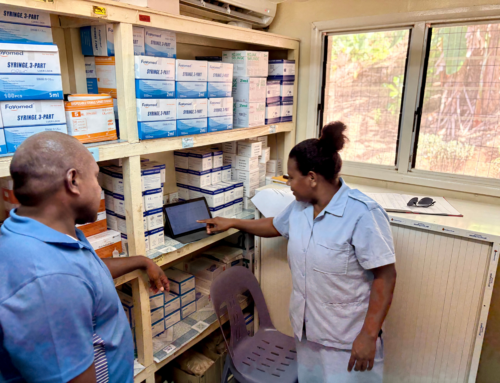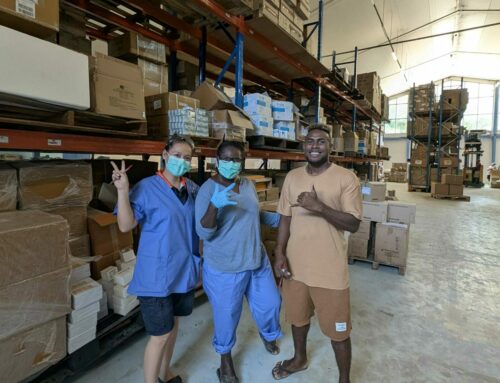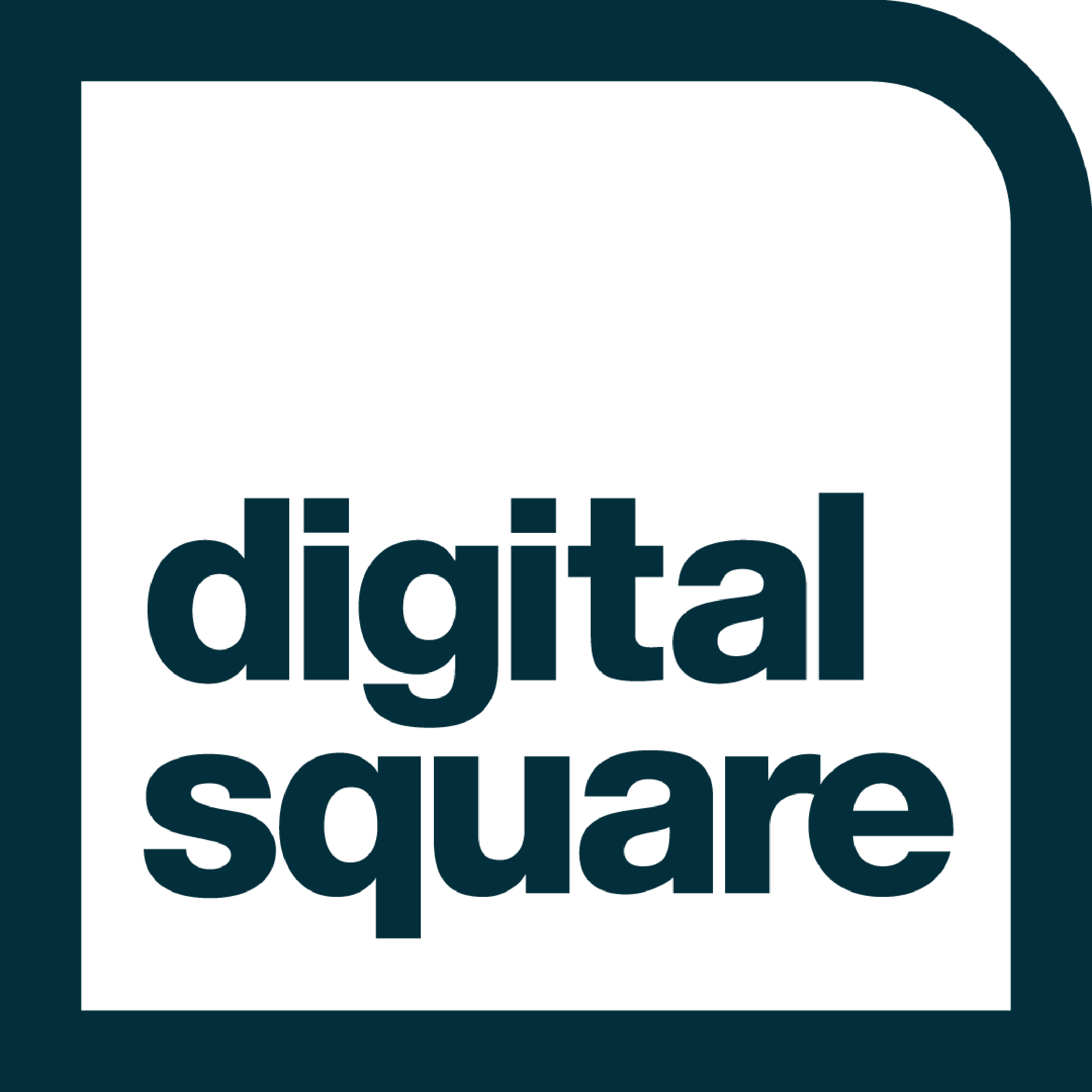The educated bet on innovation that may well prove the best investment DFAT has ever made in aid.
I’m not a big fan of cherries… especially on cakes. The whole glaze thing weirds me out. Strawberries on the other hand… delicious. Put a strawberry on top of a meringue with cream and you’ve given yourself a pavlova.
The strawberries (cherries) on top can be the best part and Tupaia came with a strawberry that doesn’t get talked about too much.
As part of the initial investment made in Tupaia, DFAT’s innovationXchange (iXc) also funded the free and open-source release of mSupply Mobile. The investment is an outstanding case study in both innovation and the effect of open-source software releases but to fully describe it, the briefest of history lessons is in order.
Caption: mSupply Mobile training provided by WFP staff in Timor Leste
A history lesson
In the late 1990s, a NZ pharmacist, Craig Drown, was working as a manager in a medical warehouse in Nepal, where he and his wife Juliet (also a pharmacist and researcher) were based for 15 years. Craig saw the need for a fit-for-purpose stock management system but the options available were limited. So he bootstrapped a system of his own creation, for his own use. Realising the wider need for such a system in low and middle-income settings though, Craig and Juliet invested their own savings into further developing the system, adding functionality such as patient dispensing and transport management – they called it mSupply.
The first implementation of mSupply outside of Nepal was about as far away as possible – in Tonga – and the system slowly grew from there. Today it is a fully fledged end-to-end Logistics Management Information System used in approximately 30 countries around the world. It is the national LMIS in Myanmar, Laos, Sierra Leone, Ivory Coast and almost every Pacific Island Country. mSupply was owned by Sustainable Solutions, a private company that has effectively operated as an NGO for its entire history (setting up NGOs in Nepal was impossible for foreigners and so they had originally incorporated as a private company). In 2019, Craig and Juliet started the mSupply Foundation, a not-for-profit organisation based in New Zealand that now owns the IP for mSupply.
BUT… 20 years ago, with no idea of what was to come, Craig made the decision to build mSupply in 4D, which is a European database and coding language. In 1999, high quality open-source databases and coding languages were rare and 4D was a relatively easy way to get the system off the ground. 4D is also incredibly stable – aside from the occasional visual glitch it almost never crashes and it never loses data, which is absolutely critical in the settings in which we work where IT support is a rare commodity.
4D is not free however – it is a proprietary system – and mSupply Desktop is still based on 4D. The mSupply Foundation has to sell licences to recoup the money they pay to 4D and they cannot release the source code to countries, even if they wanted to. National licenses in large countries can exceed $1 million.
The original version of mSupply also only works on desktop computers and over time, there developed a need for a simpler version that could be used at lower level facilities. In 2013, mSupply therefore developed a mobile version of the software – mSupply Mobile – and implemented it in 6 facilities in Solomon Islands. The system required an internet connection however, which made scale-up difficult in remote settings.
Caption: Day 1 – the first instalment of mSupply Mobile, Tulagi Hospital, 2013
The future arrives
Fast forward to 2016, when mSupply was looking to implement a new version of mSupply Mobile in Timor-Leste, they realised that they could develop mSupply Mobile in a completely open-source environment – high-quality, free and open-source options were now appearing and they didn’t need to use 4D. If they could recoup their development costs up-front they could provide mSupply Mobile without any licensing costs to unlimited users in unlimited countries. The new system would also be a native app on the device, able to work offline for unlimited periods and sync data to a central server whenever internet became available.
By sheer coincidence, in 2016, innovationXchange was looking for novel ideas to improve the delivery of aid and mSupply Mobile had shown early promise in two countries (Solomon Islands, using the old version and Timor-Leste, using the new version).
So as part of the original Tupaia grant, innovationXchange invested $194,000 in mSupply Mobile, with a guarantee that the software would be released for free to all customers. The theory was that not having to pay licensing fees would allow countries to expand digitization faster and that the open-source codebase would increase transparency and confidence in the system.
Did it work?
Unbelievably well.
A success story in innovation
mSupply Mobile is now used in hundreds and hundreds of facilities across Kiribati, Tonga, Solomon Islands, Vanuatu, Cook Islands, Tokelau, PNG, Sierra Leone, Laos, Myanmar and Ivory Coast. The demand for the system has outpaced our ability to implement it but different partners in different settings (such as World Vision in PNG and the Clinton Health Access Initiative in Laos) have taken the baton and are running with it. In the next two years, mSupply Mobile will be implemented across thousands of facilities in 3 continents and improve access to medicines for millions of people – all off the back of a $194,000 investment by Australia.
Investments in innovation don’t always work. iXc have themselves acknowledged that they operate in a high-risk space and that is even more true when dealing with aid delivery. In this case though, they were dealing with organisations and individuals with decades of experience in the sector, the technology had shown strong promise in smaller settings and the pathway to scale was already clear.
Caption: Craig Drown (2nd from left) and colleagues in Cote d’Ivoire, 2019
Of course, mSupply Mobile isn’t completely free for countries – they have to pay for the hardware (Android tablet computers), internet costs and optional annual support and maintenance costs – but the ongoing costs are manageable and far more easily justified once the software is running and showing local benefit. Convincing governments to pay expensive up-front licensing costs in a locally untested technology can be challenging and a free, open-source model greatly lowers risks for countries. To look at it another way, innovationXchange has absorbed a small amount of risk (at a relatively low sum) to remove huge amounts of risk for countries around the world. As countries become more sophisticated in their ability to manage IT and employ their own software developers, they won’t need to pay for customisations or support at all – they can take the open-source code in any direction they like.
The overall Tupaia investment by iXc has seen improved functionality in health system mapping, disaster response, disease surveillance, HIS and research and we’re proud of all of it – but buried amongst those stories, in a much larger investment, was a $194,000 ‘bet’ that we believe may well prove the most spectacular payoff DFAT has ever made in aid.
What’s next? The mSupply Foundation has a plan to move their entire desktop platform away from 4D into an open-source environment – and they are confident that even greater gains can be achieved. And Tupaia will be right behind them as they do.
